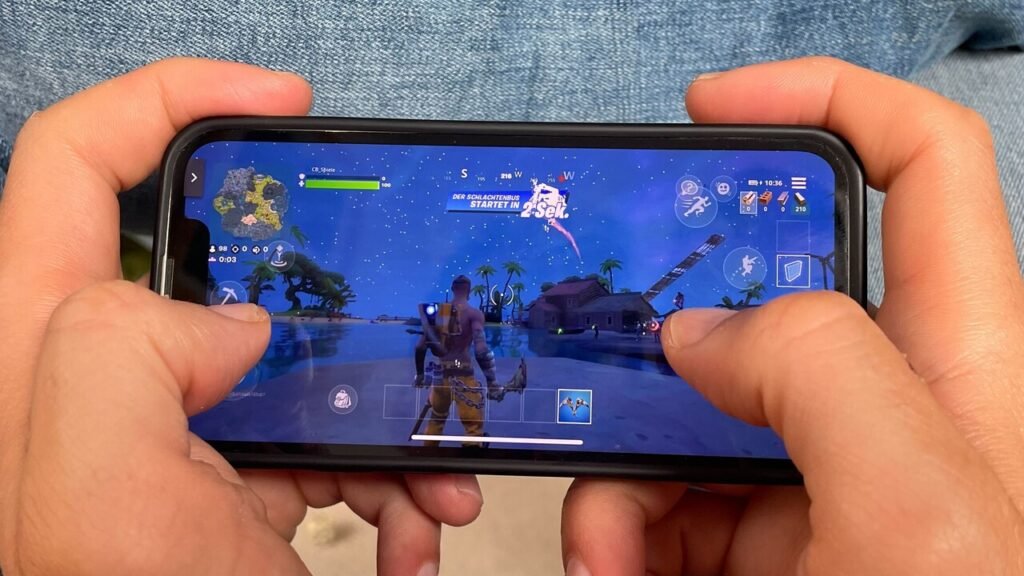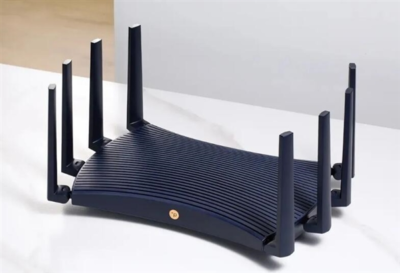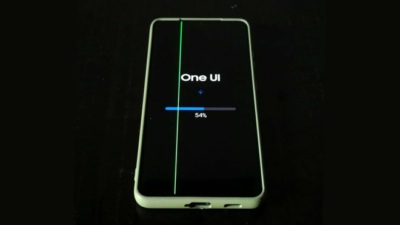Epic Games & Nvidia: GeForce Now Brings Fortnite Mobile Back to Apple iOS

[ad_1]
A year and a half ago, Fortnite was pulled from the App Store due to a legal dispute with Apple. According to Apple, Fortnite won’t be reintroduced to the store until after the legal dispute has ended – which could take years. Now the “mobile version” is available through GeForce Now. ComputerBase has tried this.
Fortnite via GeForce Now: Necessity is the Mother of Invention
iOS and iPadOS users can now play the Battle Royale title on their mobile devices again. However, not as a native app directly from the App Store, but with detours via Nvidia’s cloud gaming service GeForce Now (test). This has long been a closed beta where: According to Nvidia, 500,000 users participated but now everyone has the chance.
This is how Fortnite comes to iOS via GFN
First, Apple users should use the Safari web browser to: GeForce Now website visit and drag the page to the home screen as a progressive web app. Then Fortnite can be streamed from Nvidia servers via Safari because there is no iOS app yet.
Play Fortnite now on iPhone via GeForce The implementation takes place via a progressive web app The implementation is via a progressive web app. Requirements for playing Fortnite on GeForce Now are an Nvidia account and a GeForce Now membership – a free one will also suffice. Once in the app, select Fortnite and tap “Play”, and the game will load. When streaming the game, depending on your internet connection, there may be fluctuations in latency, which in turn can cause lag.
The three rates at Nvidia GeForce Now (Image: Nvidia)
Also streaming on Android
Until now, Android users could only play the desktop version through the cloud gaming provider, but the Fortnite mobile app without streaming was also available for Android users. While Google has also removed Fortnite from the Play Store, the game can be downloaded directly from the Epic website and installed natively on Android devices.
Coinciding with the release of the mobile version for iOS, it should also be available to Android users from now on, as Nvidia points out. The classic mobile app version of the battle royale shooter features a user interface adapted to mobile devices and can be controlled via touch for both Android and iOS devices. Additional controls such as auto-shooting, aiming assistance, and visual cues about the origin of in-game sounds have also been added to the mobile version.
Fortnite Mobile hands-on via GeForce Now
GeForce Now managed to convince in the test of the new GeForce RTX 3080 rate at the end of 2021, but the streamed battle royale shooter left only a mixed impression on the first try. The user interface and touch input fields are familiar from the mobile version – you have to get used to it and accept a longer familiarization phase, but that has always been the case with Fortnite Mobile in general. What stood out, however, were the unexpectedly muddy graphics. In combination with the small screen of the iPhone, details or opponents at a great distance were often difficult to see.
In addition, the title could be played fairly smoothly after the typical Fortnite shader cache faltered in the beginning, but there were sometimes huge stutters at irregular intervals, which interrupted the gameplay for a short time – in terms of performance (VDSL 100) or the WLAN signal was there. shouldn’t be. The following video, which shows a session without the commentary of about 15 minutes, gives an impression (for example at 5:30 am). Touch inputs also have a very short but noticeable delay due to the latency of cloud gaming. Crossplay with PC players is possible. As usual with cloud gaming, when in doubt, give it a try.
Stream in 640p or 720p
However, the muddy appearance was quickly explained. Fortnite runs natively on GeForce Now smartphones with a resolution of 1,376 × 640 pixels in 19.5:9 format. On the test device, an iPhone 12, this fills the screen, but the available screen with a resolution of 2,532 × 1,170 pixels is by no means exhausted.
In GeForce Now, an alternate resolution of 1280 × 7.20 pixels in 16:9 format with black borders on the left and right of the screen can be selected on the iPhone. The refresh rate can be limited from the default 60 to 30 FPS, and the bit rate can also be adjusted manually. Otherwise, there are no graphics options available in the game itself. On an iPad, higher resolutions can also be configured through the GeForce Now settings.
Amazing resolution and graphics
This is especially surprising given the GeForce Now rate: the editors tested with an RTX 3080 subscription, where Nvidia explicitly advertises the performance of an RTX 3080 (test) and promises both a resolution of up to 3,840 × 2,160 pixels and refresh rates of up to 120. FPS. In a less performance-hungry title like Fortnite, the latter should actually work without a hitch, and that’s when streaming the PC version on notebooks or PCs.
However, Fortnite for iOS and Android on smartphones does not currently offer this experience. The version now available for iOS and Android with a touch interface is officially this PC version. However, there are also no settings in the graphic menu. However, Nvidia has denied the editors’ assumption that Epic has ported the ARM mobile app to x86 in the background or that GeForce Now has emulated it.
Conclusion
GeForce Now is not new, Fortnite via GeForce Now is not new and Fortnite Mobile is not new – Fortnite with a touch interface and so quasi Fortnite Mobile via GeForce Now is. This has its technical appeal, but much more politically: A game that Apple banned from the App Store as a result of Epic’s legal disputes over its commission system is now returning via Nvidia’s cloud streaming service in partnership with Epic.
This is the only way that users who are toying with the idea of using Fortnite Mobile on iOS will be given the option again in the first place. Whether the game on this device meets your own taste is a personal decision. It would undoubtedly be an advantage if Nvidia also allows higher resolutions for streaming on smartphones – the performance is certainly available at the RTX 3080 rate. ComputerBase has received information about this item from Nvidia under NDA. The only condition, of course, was the earliest possible release date. The manufacturer had no influence on the test report and there was no obligation to publish it.
Research Snipers is currently covering all technology news including Google, Apple, Android, Xiaomi, Huawei, Samsung News, and More. Research Snipers has decade of experience in breaking technology news, covering latest trends in tech news, and recent developments.











